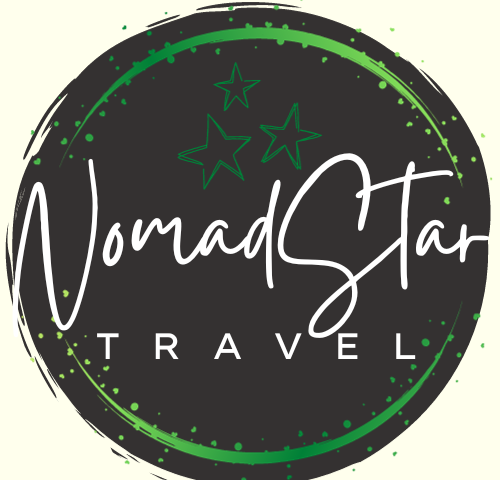When I arrived in Krakow from Prague, it was late May, pouring rain, and very dark. I had layered practically every item of clothing onto my shivering self, to no avail from the damp. I was only in the city for two nights, and although I wanted to cocoon myself in blankets and bask in the inviting den of the hostel, I knew I would probably regret that decision. With the intention of life on the tip of my tongue, I bundled up in sweater tights, jeans, a knee length dress, a long sleeve t-shirt, a hoodie, and a woven hat, and ventured out into the radiant city, which glistened with street lights shimmering dimly in the puddles.
My fellow passengers on the boat tour had all canceled. They must have stayed in bed, and with rain that blew sideways across the river, I can’t blame them. In a small boat with a dragon at the helm, I was guided on a private river tour of the City of Krakow. A cassette tape explained the landmarks and history, but it wasn’t in sync with the flow of the water, and at times, the speaker was abruptly cut off and replaced with bits of a Bob Marley song, as if someone had accidentally recorded over the original content.

The boat experience ended, and I drifted to the Rynek Glowny, the Main Square in the Old Town, to find a warm beverage and maybe some heat. Rynek Glowny is renowned in the Project for Public Spaces as the best public place in Europe. It is a centuries-old market square, and what exists today had been rebuilt in 1257 after a Mongol invasion destroyed the city. Although some of it was also destroyed during the German Nazi occupation of WWII, most of it was spared. Today Rynek Glowny is lively with cafes, foot traffic, bars, vendors selling amber jewelry and sheep fur pelts, street musicians, and guides waving English, Italian, and Spanish flags to indicate to tourists the languages they speak.

I had booked a Polish Food Tour to introduce me to traditional Polish jedzenie. With a couple of hours to spare before the rendezvous, I settled in beside an outdoor heater at a street cafe and ordered a German coffee, a decadent cocktail with Kirschwasser, coffee, and whipped cream. A flow of pedestrians, shoppers, and tourists meandered through the cafes and kiosks, and although it was only late afternoon, dusk was already settling.

Feeling a bit warmer, I wandered to the other side of the main square to meet my tour group. A man named Peter held a British flag to indicate English, and for three hours, ten of us followed him through the Old Town as he introduced us to his country’s traditional food.

From the main square, we walked a short distance to Stary Kleparz, the oldest operating marketplace in Krakow. For seven centuries, Krakovians and visitors have been buying sausages, cheeses, fermented cucumbers and cabbages, fresh fish, and supplies of endless herbs and dills marinating in glass jars. Kleparz is a derivation of the word klepac, meaning “to bargain.” Peter guided us directly to a stall selling sausage and some type of dried cheese. The spices warmed me a bit.
Next, we went to a restaurant that served us a full meal. We drank tea sweetened with plum and pears; and ate dense rye bread with lard and pickles, creamy and salty pig belly soup, and of course some type of dumpling with potato. Imagine the time, effort, and planning needed to prepare a meal of this variety for a family of twelve!

After that meal, I wanted a five mile walk, but instead we waddled three blocks to a bakery. Peter said it was the bakery where his father and mother met before they were married. Inside, we ate kremowka, a layered cream pie, filled with whipped cream, buttercream, and custard cream. Our last stop was a distillery with flavored vodka. My flavor was honey. Zachwycajacy. Entrancing.

With my head, heart, and stomach full of warmth and food, I wandered back to Rynek Glowny and to a kiosk that sold Baltic amber harvested from the Gdansk coastline. 40 million years ago, the Baltic Sea had been a forest of resin-producing trees like pine and sequoia. The beautiful gem of amber is formed from hardened tree sap, and it washes onto Poland’s beaches after a storm. A necklace of amber set in leaf-petal shaped silver charms had caught my eye. Amber is polished and made smooth from the movement of the Baltic Sea. Like our own lives, it is molded through a gentle ebb and flow. My jeans were damp up to my knees, and I shivered as a wind pushed against me in the dark night.

